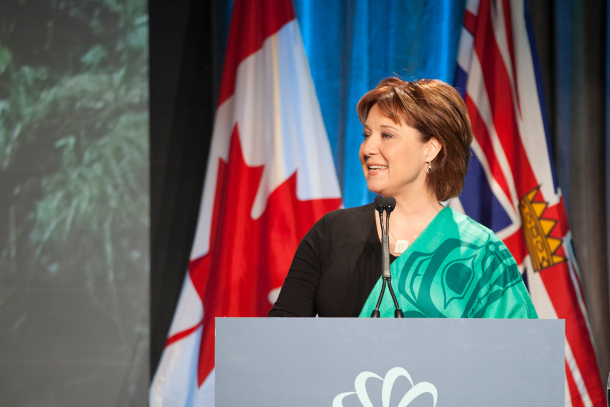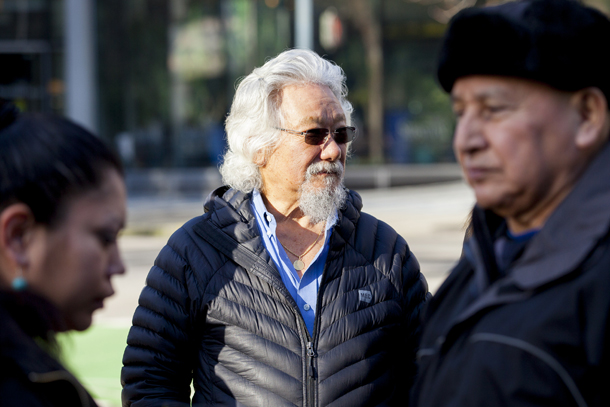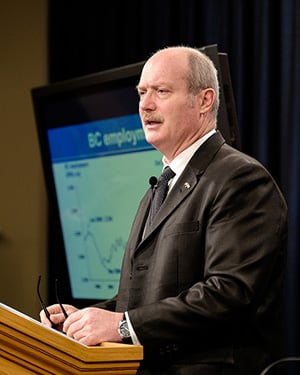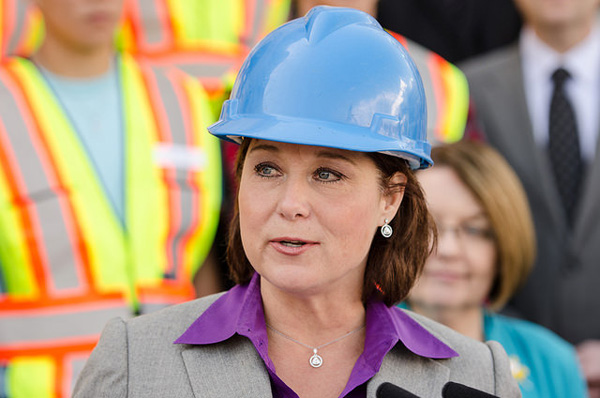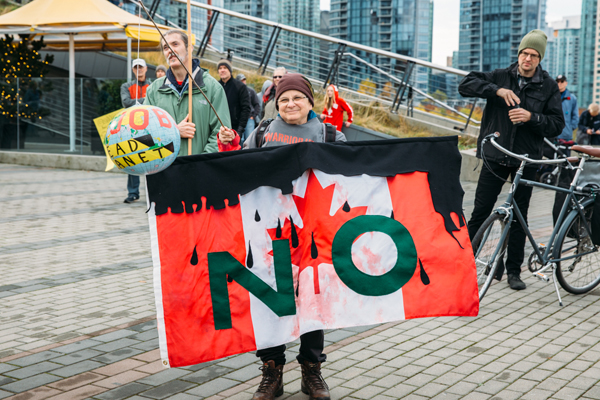Climate change means marine creatures are migrating—away from First Nations’ territory.
As a new study warns, “unprecedented climate change poses a considerable threat” to First Nations’ food, cultural, and economic values. By 2050, aboriginal catches are expected to decline significantly, depriving indigenous people from 16 coastal communities of up to CAN $12-million annually in commercial fisheries, the study shows.
Warming and changing oxygen concentrations in the ocean, spurred on by anthropogenic climate change, will send marine life swimming northward at an average rate of about 10 to 18 kilometers per decade. For the 98 fish and invertebrate species studied, this will equate to an average drop in annual catches of 4.5 to 11 percent, with the declines being much higher for certain species.
The study shows that two critical species will suffer the greatest declines: salmon by 17 to 29 percent; and their prey, herring, by 28 to 49 percent. Catches of green sea urchin could shrink by as much as 36 percent, flounder and sole by 30 percent, shrimp and prawns by 18 percent, and halibut by 13 percent.
Aboriginal groups located in British Columbia’s more southerly waters are expected to suffer the greatest catch losses: up to 27 percent for the Tsawwassen First Nation near the Canada-United States border, compared with 6.6 percent for the Haida First Nation off the province’s north coast.
…click on the above link to read the rest of the article…


